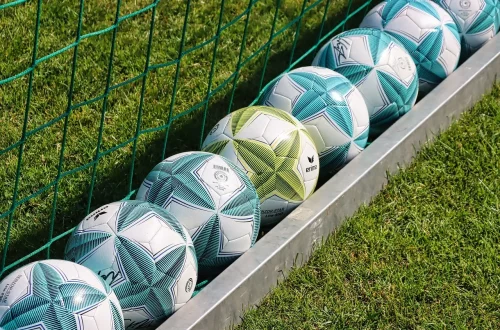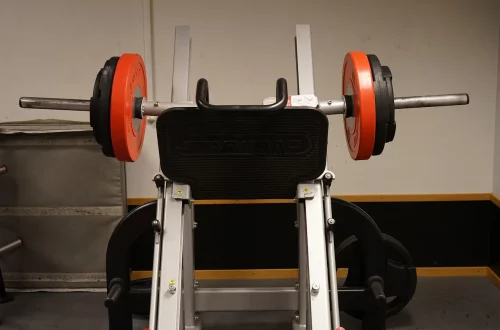
Understanding KDF Filters: A Comprehensive Guide to Water Purification
Water is an essential resource that sustains life, influencing everything from our health to our daily routines. However, with increasing concerns about water quality, many individuals are seeking effective purification solutions. Contaminants ranging from chemicals to microorganisms can compromise the safety of drinking water, making it crucial to understand the technologies available for purification. One such technology that has gained popularity is the KDF filter.
KDF, short for Kinetic Degradation Fluxion, is a filtration medium that employs a unique combination of zinc and copper to remove impurities from water. This method is not only effective but also environmentally friendly, making it an attractive option for households and businesses alike. As people become more aware of the implications of water quality on health and well-being, the demand for advanced filtration systems is rising.
Understanding the mechanics of water filtration, particularly through KDF filters, can empower consumers to make informed choices about their water purification needs. As we delve deeper into the world of KDF filters, it becomes clear that their role in ensuring clean, safe water is more significant than ever.
How KDF Filters Work
KDF filters utilize a series of chemical reactions to purify water, primarily through a process called redox (reduction-oxidation). The core components of KDF filters are copper and zinc, which are combined in a specific ratio. When water passes through this medium, electrons are transferred between the contaminants and the metals, effectively neutralizing harmful substances.
The primary function of KDF filters is to remove heavy metals, chlorine, and other unwanted chemicals from the water. For instance, the copper in the filter acts as a catalyst that facilitates oxidation, converting contaminants into harmless compounds. Similarly, zinc plays a vital role in reducing chlorine levels, which can often affect the taste and odor of tap water.
Another key advantage of KDF filters is their ability to inhibit the growth of bacteria and algae. The electrochemical reactions that occur within the filter create an environment that is unfavorable for microbial growth, ensuring that the water remains clean and safe for consumption. This characteristic makes KDF filters particularly useful in large-scale water treatment facilities and residential systems alike.
KDF filters can be used in various applications, from showerheads to whole-house filtration systems. Their versatility allows consumers to choose the best solution for their specific needs. Moreover, KDF filters have a longer lifespan compared to other filtration methods, which can lead to cost savings in the long run.
Overall, the unique mechanisms employed by KDF filters make them a powerful tool in the quest for clean water. As we continue to explore the benefits and applications of these filters, it becomes apparent that understanding their functionality is essential for anyone considering a water purification system.
Benefits of Using KDF Filters
KDF filters offer a multitude of benefits, making them a popular choice among water purification systems. One of the most significant advantages is their efficiency in removing a wide range of contaminants. KDF technology is particularly effective against chlorine, heavy metals, and hydrogen sulfide, which can all pose health risks if consumed over time.
The ability of KDF filters to reduce chlorine levels is particularly notable. Chlorine is commonly used in municipal water systems as a disinfectant, but it can lead to unpleasant tastes and odors. By effectively removing chlorine, KDF filters enhance the overall quality of drinking water, making it more palatable.
Moreover, KDF filters are known for their longevity. Unlike traditional filters that may need to be replaced frequently, KDF filters can last for months or even years, depending on the level of contaminants in the water. This durability translates to lower maintenance costs and less waste, making it an environmentally friendly option.
Another significant benefit is the reduction of scale buildup in pipes and appliances. The mineral deposits that can accumulate over time, leading to clogs and inefficiencies, are minimized with KDF filtration. This not only helps maintain the efficiency of plumbing systems but also extends the lifespan of appliances that rely on water, such as dishwashers and water heaters.
The environmental impact of KDF filters should not be overlooked. By reducing the need for bottled water and harmful chemical treatments, these filters contribute to a more sustainable approach to water consumption. They are often made from recyclable materials, further emphasizing their eco-friendly nature.
In summary, the advantages of using KDF filters are numerous. From efficient contaminant removal to reduced environmental impact, these filters represent a smart investment for anyone looking to improve their water quality. As public awareness of water safety continues to grow, KDF technology stands out as a viable solution for achieving clean, safe drinking water.
Installation and Maintenance of KDF Filters
Installing a KDF filter can be a straightforward process, but it is essential to follow the manufacturer’s guidelines to ensure optimal performance. KDF filters can be integrated into various water purification systems, including point-of-use installations like faucets and showerheads, as well as whole-house systems.
Before installation, it is crucial to assess the specific water quality needs of your household. Conducting a water test can provide valuable insights into the types of contaminants present, allowing for a more tailored filtration solution. Once the appropriate KDF filter has been selected, the installation process can begin.
For point-of-use systems, installation typically involves attaching the filter directly to the faucet or showerhead. Whole-house systems may require professional installation, as they involve connecting the filter to the main water supply. Regardless of the system, ensuring a proper seal and secure connections is vital to prevent leaks and ensure efficient filtration.
Maintenance of KDF filters is relatively simple. While these filters have a long lifespan, it’s essential to monitor their performance regularly. Depending on usage and water quality, KDF filters may need to be replaced every 6 to 12 months. Signs that a filter needs replacing include decreased water flow or noticeable changes in taste or odor.
Cleaning the filter housing and checking for mineral buildup can also help maintain the system’s efficiency. Regular inspections can prevent larger issues down the line and ensure that the filter continues to provide clean, safe water.
In conclusion, understanding the installation and maintenance of KDF filters is crucial for maximizing their benefits. With proper care, these filters can provide a reliable and efficient solution for water purification, contributing to healthier living environments.
Choosing the Right KDF Filter for Your Needs
When it comes to selecting the right KDF filter, several factors must be considered to ensure it meets your specific water purification needs. First and foremost, understanding the contaminants present in your water supply is essential. Conducting a water quality test can reveal the types and concentrations of impurities, guiding you in selecting the most suitable filtration system.
Different KDF filters are designed to target specific contaminants. For instance, if your primary concern is chlorine removal, a filter specifically engineered for that purpose would be ideal. Conversely, if heavy metals are a significant issue in your water supply, a KDF filter designed to reduce lead, mercury, and other heavy metals would be more appropriate.
Another consideration is the flow rate of the filter. Depending on your household size and water usage, choosing a filter that can accommodate your needs without compromising water pressure is important. Whole-house systems typically have a higher flow rate than point-of-use filters, making them suitable for larger households.
Additionally, evaluating the filter’s lifespan is crucial. Some KDF filters can last longer than others, depending on their construction and the contaminants they are designed to tackle. Investing in a filter with a longer lifespan may save you time and money on replacements.
Finally, consider the filter’s ease of installation and maintenance. Some users may prefer a straightforward point-of-use system that they can easily install themselves, while others may opt for a professional installation for whole-house systems.
In summary, choosing the right KDF filter involves assessing your water quality needs, understanding the filter’s capabilities, and considering installation and maintenance factors. By making an informed decision, you can ensure that your water purification system effectively meets your requirements, providing you with safe and clean drinking water.
—
**Disclaimer:** This article is for informational purposes only and should not be considered medical advice. For any health-related concerns, please consult a qualified healthcare professional.




